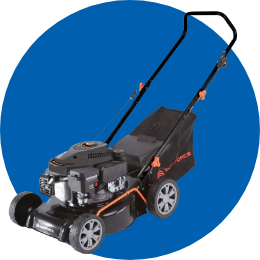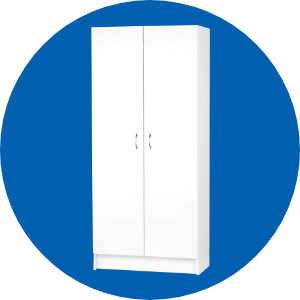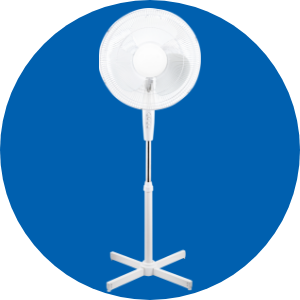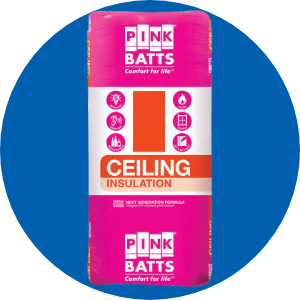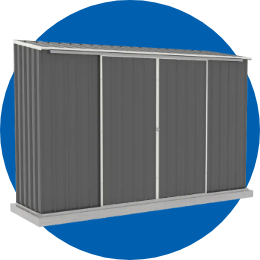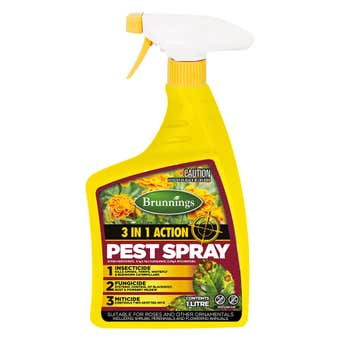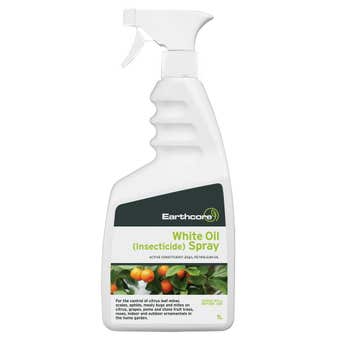- 9 November 2022
Globally, we have seen a huge reduction in the variety and number of pollinators due to climate change, poor farming practices, and parasitic mites. Pollinators are vital in supporting natural ecosystems, increasing agricultural crop yield, and even the success of your home veggie garden! Let’s take a look at the role pollinators play and what you can do at home.
What Do Pollinators ACTUALLY Do?
Pollinators, such as bees and butterflies, go from flower to flower collecting nectar for energy and as they do, they transfer pollen from one flower to another. This pollen transfer allows the fertilisation of plants which creates fruit production. Fruit in this sense can be anything from zucchini to apples or even gumnuts. With over 75% of the world’s food crops relying on insect pollination, it is clear why these creatures are so important! (source)


How Can I Plant for Pollinators in my Garden?
With spring fast approaching there’s no better time than now to consider what we can do in our garden. Here are our top four tips:
1. More is More, Plant Lots of Flowers!
You have probably heard the saying less is more but when it comes to pollinators, that is not the case. To support a thriving community of pollinators, there’s no need to hold back! Plant as many flowers as you wish, some excellent options which pollinators love include Butterfly Bush, Daisies, Lavender, and Sweet Basil just to name a few. Check out what your local GardenCentre has on offer! If your garden is already filled to the brim, simply allowing more of your veggies to flower throughout the year can make a big impact.
2. Mix It Up
When deciding on the next addition to your garden, aim to achieve a variety of colours, shapes, and blooming times. Different pollinators have different preferences, so variety in your garden will attract a wider range of pollinating insects. For example, bees prefer purple, blue, and yellow flowered plants including lavender and daisies. By planting with a variety of blooming times you can offer year-round pollinator support and enhance your veggie patch yield across all seasons.
3. Create a Safe Space
Now that you have attracted the pollinators let’s make our garden a safe space for them to stay! Pollinators require shelter to stay protected from elements such as wind and rain by building a bee or butterfly house in your garden you can ensure pollinators hang in your garden longer. Pollinators also, just like us, need water especially throughout the hot Australian summer, by simply placing a rock in a shallow dish of water you can provide a safe hydration station for your new pollinator pals. Click here for a guide on how to build a bee hotel for your pals!
4. Rethink Insect Control
The use of insecticides to prevent pesky garden-eating insects, such as caterpillars or aphids, can also harm beneficial insects including pollinators. Some common plant pests can be controlled using natural methods such as companion planting, but if you choose to use insecticide, it is important to select the correct insecticide for your garden and apply it at the right time of day.
Mighty Helpful Tip: when applying insecticide near blooming plants, do so in the late evening, at night, or early morning to minimize the impact on pollinating insects.
Here at Mitre10, we offer a range of insecticide options that will keep your plants and pollinators safe such as:
The active ingredient in this product is petroleum oil which is considered to be moderately toxic to pollinators. (source)
The active ingredients in this insecticide are considered to be of low toxicity to pollinators.
Head down to your local Mitre10 to pick up some pollinator plants, material to construct a bee or butterfly home, or to switch out your insecticide! This will support your garden, your neighbours’ garden, and ultimately the planet.



